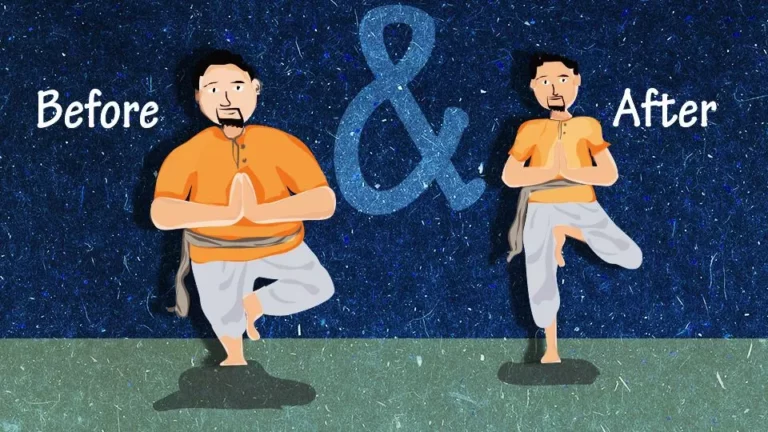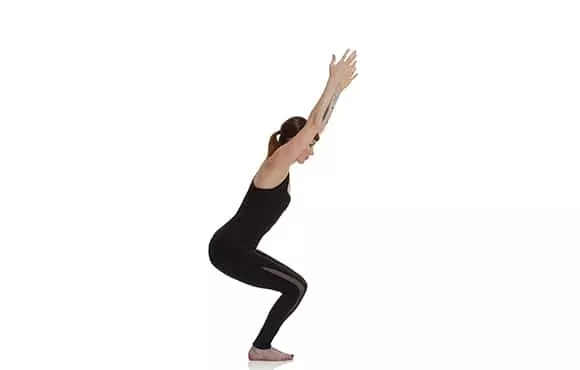“There are far better things ahead than what we leave behind.” ~ C.S. Lewis
No one enjoys being devastated. No one enjoys experiencing heartbreak, death of a loved one, loss of a job, or physical and mental illnesses, but nonetheless these things happen.
Painful emotions and devastating circumstances that make us feel like our entire world is crashing down around us, happen to all of us. In the midst of these times we often find ourselves asking “why?”. In a universe that supposedly loves and supports us unconditionally, why is it necessary for us to experience the excruciatingly painful experiences that life often throws in our direction?
 If we know that there are no accidents or random occurrences here, then there must be a reason that life puts us into the very set of circumstances where we are forced to feel the emotions that are incited because of these “negative” circumstances.
If we know that there are no accidents or random occurrences here, then there must be a reason that life puts us into the very set of circumstances where we are forced to feel the emotions that are incited because of these “negative” circumstances.
How do we marry the fact that the universe loves us unconditionally yet throws us into the depths of despair? Is it possible that our life falling apart is actually an auspicious sign of amazing things to come rather than a punishment for having made bad or wrong choices?
“You’ve got to be willing to lose everything in order to gain yourself.” ~ Iyanla Van Zant
Sadly, during times of despair many of us turn to blame as our first line of defense. We may blame ourselves for the choices we have made, or others for how they have treated us, or even a higher intelligence for making us go through things that we didn’t want to go through. And while this whole blame game is done innocently enough by a heart that doesn’t care to feel the emotions that it is feeling, it is not actually our highest wisdom in action.
The universe is interested in two main things that often require us to experience the lower vibrational or “negative” emotions that are brought upon by our life falling apart – re-aligning with unconditional love for ourselves and re-aligning with our own power.
Whenever we have judged certain emotions as “bad”, or tried to distract ourselves from feeling pain, the universe will give us opportunity after opportunity to go back inward in order to be the love that liberates these emotions inside of our heart.
 For example, let’s say the emotion we have judged as “wrong” is anger. Life throws at us situations that incite anger inside of us in order for us to feel, make peace with, and eventually love the anger that we have been trying so hard to distract ourselves from having to face.
For example, let’s say the emotion we have judged as “wrong” is anger. Life throws at us situations that incite anger inside of us in order for us to feel, make peace with, and eventually love the anger that we have been trying so hard to distract ourselves from having to face.
And if we don’t take heed to these opportunities of transformation, they get bigger and more devastating until we are forced to acknowledge the emotions.
So while it may seem that our world is crashing down around us, a higher level of awareness shows us that it is the universe giving us another opportunity to face the emotions inside of ourselves that we have yet to love unconditionally. The second interest the universe has, re-aligning with our own power (taking back our power), is another reason we may manifest a devastating set of circumstances.
When we hand over our power, or have made something outside of ourselves the source of our own fulfillment (either in the form of a job, relationship, or material possessions) the universe may strip these things from us in order to show us how we are in fact our own source of happiness and fulfillment.
Nothing lasts forever, there will be a time when all possessions must go, all relationships come to some sort of ending, our children grow up and no longer need us, or jobs that we once loved come to an end and this is the very catalyst of pain that shows us that we never needed these things in the first place to fulfill us.
No, it doesn’t mean that we don’t enjoy these things while we can and when we are feeling the happy feelings brought about because of these things we are “wrong”, it only means that in time, all things grow, evolve, or even end.
 And this is all a natural occurrence that is essential in order for new realities to emerge. In a universe where nothing stays the same forever, order must become chaos in order to come back to being order again, and this cycle will happen continuously. All things will eventually be destroyed in order for new things to be put in their place.
And this is all a natural occurrence that is essential in order for new realities to emerge. In a universe where nothing stays the same forever, order must become chaos in order to come back to being order again, and this cycle will happen continuously. All things will eventually be destroyed in order for new things to be put in their place.
“We must be willing to get rid of the life we planned so as to have the life that is waiting for us.” ~ Joseph Campbell
In order for newer, better, and more fitting realities to emerge, ones that are more suited for our evolution and growth, we may require a period of complete destruction of our old reality. And although the emotions that arise within us during such times are not necessarily going to be pleasant to deal with, we must tend to them like we would a child inside of our heart.
The more we run from said emotions, the louder and more destructive they will become. Life’s way always wins, we either get on board to the process and become the light of liberation that not only unconditionally loves all of our emotions or we kick and scream and try to resist the process. The choice is always yours.
Image source
Falling pieces
Falling apart



 Method: Sit on the floor with back straight and legs extended out in front of you. Exhale and slowly lift your legs off the floor as you lean back to find balance to rest your body’s weight between the sitting bones and the tailbone. The toes are pointed outwards and the legs form a 45-degree angle with the torso. Lastly, stretch your hands alongside the legs, parallel to the floor.
Method: Sit on the floor with back straight and legs extended out in front of you. Exhale and slowly lift your legs off the floor as you lean back to find balance to rest your body’s weight between the sitting bones and the tailbone. The toes are pointed outwards and the legs form a 45-degree angle with the torso. Lastly, stretch your hands alongside the legs, parallel to the floor.
 Method: Stand straight with your legs 3-4 feet apart. Turn your left foot out 90 degrees and right foot in by about 15 degrees. Align the right heel with the left heel. Raise both the arms till they are parallel to the floor and are in line with the shoulders. Breathing out, bend your left knee, ensuring that the knee and ankle are forming a straight line.
Method: Stand straight with your legs 3-4 feet apart. Turn your left foot out 90 degrees and right foot in by about 15 degrees. Align the right heel with the left heel. Raise both the arms till they are parallel to the floor and are in line with the shoulders. Breathing out, bend your left knee, ensuring that the knee and ankle are forming a straight line.
 Method: Perform triangle pose or
Method: Perform triangle pose or  Method: Kapal – skull, Bhati – light, this advanced technique of pranayama sends light & energy to the skull by pumping the abdomen. The sharp movement of the abdomen under the influence of breath helps in balancing the channels in the body.
Method: Kapal – skull, Bhati – light, this advanced technique of pranayama sends light & energy to the skull by pumping the abdomen. The sharp movement of the abdomen under the influence of breath helps in balancing the channels in the body.



 Orange is a feisty color. It can be worn to make a statement in a crowd, and also gives off a warm and healthy vibration. Though orange has this warmth, it also has the ability to put some people off, as a big percentage of people do not like the color.
Orange is a feisty color. It can be worn to make a statement in a crowd, and also gives off a warm and healthy vibration. Though orange has this warmth, it also has the ability to put some people off, as a big percentage of people do not like the color.
 The mandala, through its intricate layers has the effect of reminding us of the circular motions and cycles of life, the infinitude of the universe, and our connection to all. Because of these precious lessons, the mandala has the ability to be a powerful meditation tool.
The mandala, through its intricate layers has the effect of reminding us of the circular motions and cycles of life, the infinitude of the universe, and our connection to all. Because of these precious lessons, the mandala has the ability to be a powerful meditation tool. nother way to meditate on a mandala is to create your own mandala by drawing, colouring or painting. Everything in the mandala design is specific and symbolic, so by creating your own mandala you have the ability to meditate as you create. Drawing the meditative designs will calm you in any state, and give you the space to just be, and breathe, as if you were in deep meditation.
nother way to meditate on a mandala is to create your own mandala by drawing, colouring or painting. Everything in the mandala design is specific and symbolic, so by creating your own mandala you have the ability to meditate as you create. Drawing the meditative designs will calm you in any state, and give you the space to just be, and breathe, as if you were in deep meditation.
 can be easily seen as you go about your day. Put it up on your wall, as your screensaver, or on the fridge. Your mandala will carry your intention and bring you back to focus whenever you look at it.
can be easily seen as you go about your day. Put it up on your wall, as your screensaver, or on the fridge. Your mandala will carry your intention and bring you back to focus whenever you look at it.

 The routine, the chaos, the corruption, the rules, the lifestyle, the work, the partner, the kids, the pets….god damn it just needs to STOP for a minute…while I gently kiss the sky. This is my life I just need a breather I’v been at it for long.
The routine, the chaos, the corruption, the rules, the lifestyle, the work, the partner, the kids, the pets….god damn it just needs to STOP for a minute…while I gently kiss the sky. This is my life I just need a breather I’v been at it for long.


